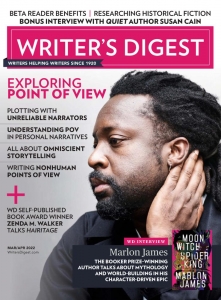In Blog Marketing, Controversy Can Start – or End – Conversation
Ban the word “must” in your pitch to an editor, Estelle Erasmus advises writers in Writers Digest. “We must do more for starving children” is not likely to get you an op-ed, because no reasonable person would argue the point. Editors are looking for something that can be legitimately part of a debate, she explains, so as to start a conversation.
When it comes to blogging for business, common intuition is that more controversy generates more buzz, Zoey Chen and Jonah Berger find. Yet, while controversy does increase interest initially, it also generates discomfort.
Research demonstrates that people care deeply about three Bs: behavior, belonging, and beliefs. If you create division around any of these things, people will seek to either confirm or disprove what you’re saying, which creates buzz. On the other hand, what you don’t want to create is backlash against you and your product or service.
Still, as Fractl writes, “Creating a piece of content that incites an emotional reaction or discusses a polarizing topic can bring valuable attention back to your brand.” To avoid backlash, she advises: a) Don’t choose a side or have an agenda in presenting the issue. b) Look at the lighter side of the story.
A controversy “do” includes offering a unique perspective, looking at a situation in a way that many people might not have considered, theEword.com points out. Also important is creating timely content, showing that your business is up on current affairs. Be balanced and a fair moderator, adds blogherald.com.
At Say It For You, I’ve always emphasized to content writers that blogs must have a strong, “opinionated” voice. Posts must go far beyond Wikipedia-page-information-dispensing and offer the business owner’s (or the professional’s, or the organization executive’s) unique perspective on issues related to the search topic.
Controversy can start – or end – conversation, to be sure. But, given that there is always going to be controversy, blog content writers need to use it as a tool for thought leadership.






Follow us online!